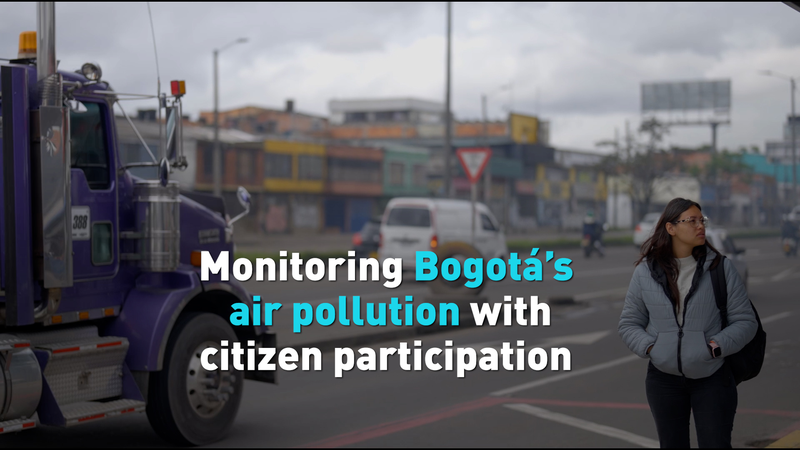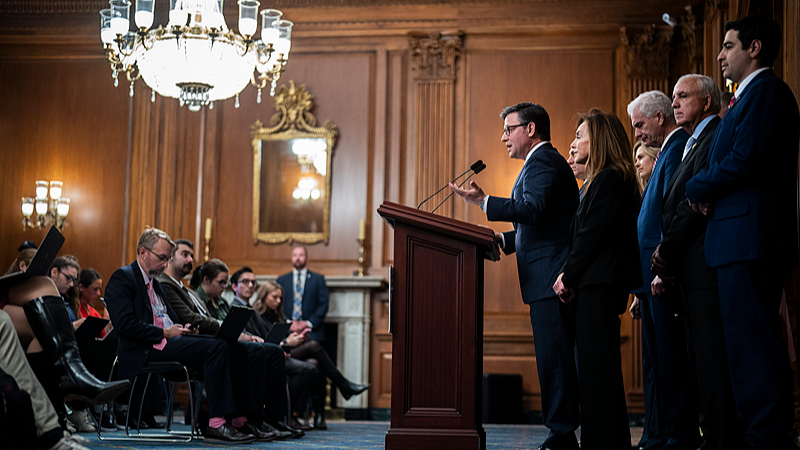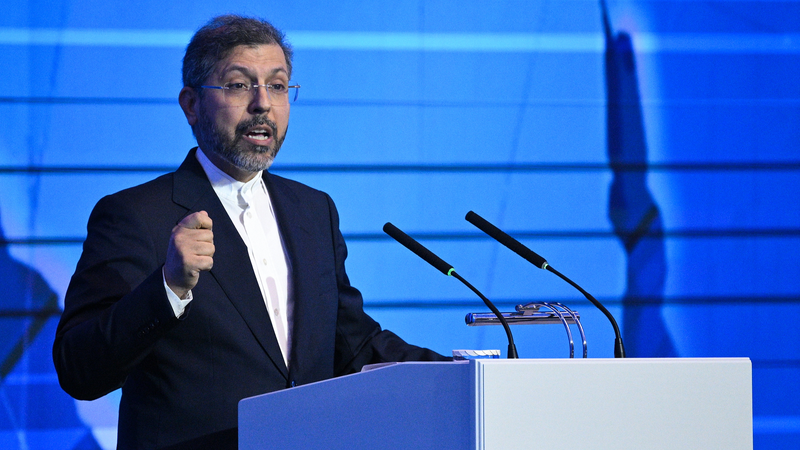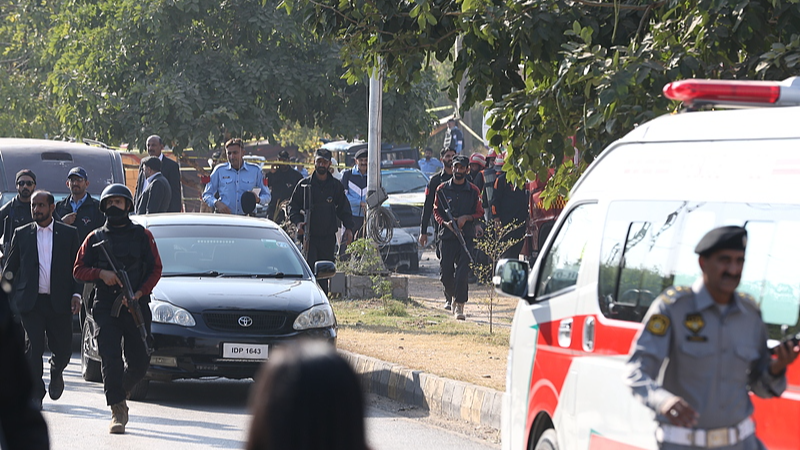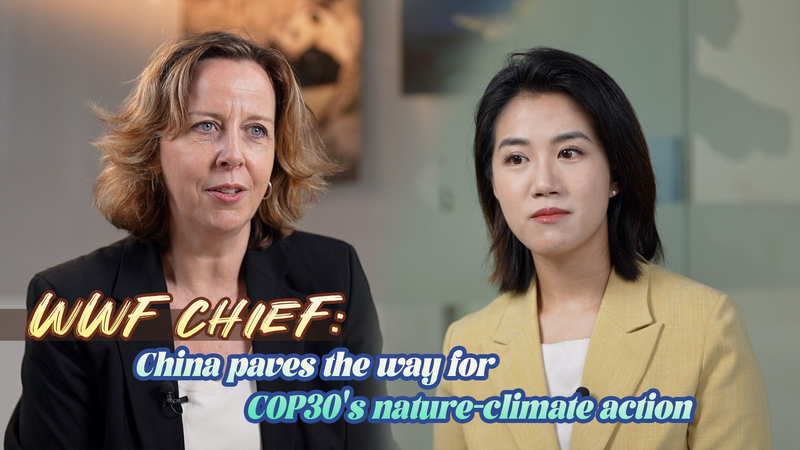On a crisp Bogotá morning, 23-year-old software student María Rodríguez clips a palm-size air sensor to her backpack before hopping on a TransMilenio bus. Within minutes, her device captures live data on particulate matter (PM2.5), feeding an open-source platform tracked by hundreds of volunteers across the city.
Recent studies in Bogotá have linked chronic exposure to PM2.5 and nitrogen dioxide to higher rates of asthma and cardiovascular issues. Yet, official monitoring stations are sparse, leaving many neighbourhoods in the dark—until now. Citizen scientists like María are filling the gaps, deploying low-cost sensors in schools, parks and public transit corridors.
These grassroots efforts have created a hyperlocal map of air quality, revealing hotspots where pollution levels regularly exceed the World Health Organization’s 10 μg/m³ guideline. In one community in Suba, volunteers recorded daily PM2.5 averages of 25 μg/m³—more than double the safe threshold.
Data gives us power, says community organizer Jorge Martínez. When residents see live readings outside their homes or cafeterias, they demand cleaner buses, more green spaces, and better traffic management. His group, Bogota Air Watch, collaborates with universities and local NGOs to analyze trends and advocate policy changes.
Tech enthusiasts are also getting involved, hosting hackathons to build smartphone apps that visualize real-time pollution data and predict weekend air quality. Startups are experimenting with solar-powered sensors and AI models to forecast pollution spikes during traffic rush hours.
This blend of data-driven activism is catching the eye of policymakers. The district’s environmental department has begun sharing official data with citizen networks and is piloting mobile monitoring units along major thoroughfares.
For travelers and digital nomads in Bogotá, these developments offer a clearer picture of when and where to explore the city—whether it’s planning an early-morning ride along the ciclovía or choosing a leafy café in Chapinero to escape smog.
By transforming sensors into storytelling tools, Bogotá’s citizen scientists are charting a path toward cleaner air and healthier futures.
Reference(s):
Monitoring Bogota's air pollution with citizen participation
cgtn.com
